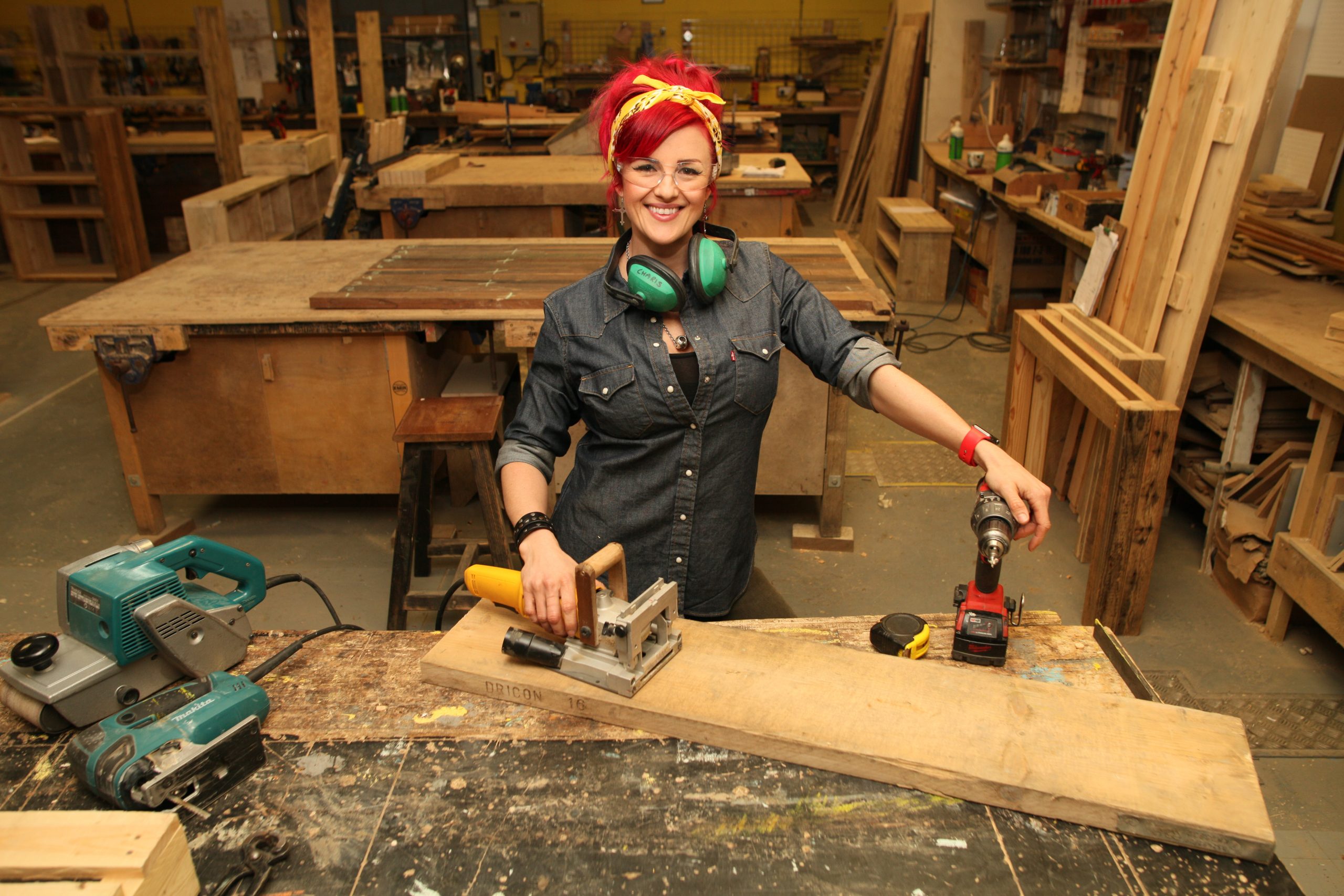International Women’s Day (8th March) is a time to celebrate the social, economic and cultural achievements of women, despite the ongoing struggle for gender equality. It is a day for reflection, but also to improve the future going forward.
Tradeswomen are showing the world how to leave behind stereotypes and problematic gender roles, defy the status quo and increase their own opportunities.
Dickies Workwear, internationally recognised retailer, created a study in order to find out the top UK regions with the best opportunities for women in the world of trade.
Their research considers a number of factors to weigh up the best cities. These include:
- Average general pay
- Cost of living
- Number of businesses and current job vacancies
- The gender pay gap within each region
The study focuses on four trades in particular: Construction, Agriculture, Manufacturing and Engineering.
So without further ado, here are the best cities for tradeswomen who wish to change the game and demolish detrimental stereotypes:
Construction
The construction industry is one of the largest employers in the UK. The study revealed positive results in terms of pay for females in the construction field.
The North East of England is the best region for women working in construction, closely followed by the West Midlands, Scotland and Wales.
Billie, a qualified female plasterer who got into the trade through her father, pushes others to reject societal constructs: “It’s most important to know that no matter the job, women can! No job is too big or load too heavy. Plastering is my passion, even if society says it shouldn’t be”.
Farah Naz, Sustainability Associate for BuroHappold Engineering, says: “If you look around the world, women have been involved heavily in the construction activities and on site throughout history. To give an example, in India, construction is the third largest employer of woman, with 5.7 million women working on construction sites every day.
“Gender shouldn’t be the prerogative defining factor for what one chooses to do. My advice to both men and women would be to choose what you want to do and do it well”.
Agriculture
In Scotland, there are 295 agriculture businesses, with 82 current job vacancies. Plus, the general costs of living is quite low there.
One of the few women to be acknowledged as a major influence on 18th century architecture was Eleanor Code. She invented the first ever artificial stone, the Coade Stone, which was resistant to weathering and erosion and transformed late-Georgian architecture.
Traditionally, agriculture has been male dominated, but that is starting to change. For instance, the amount of female farmers in the UK today is increasing.
Manufacturing
There are plenty of job vacancies in the manufacturing industry in London: a total of 3,781. Also, weekly general way is highest here compared to other regions across the UK.
But the cost of living and average property price in London makes that city less appealing.
Scotland and Wales, however, come out on top for women in this area: there are multiple manufacturing businesses in these regions and many vacancies.
The study shows a positive gender pay gap of -6% in manufacturing.
Engineering
There is a very high gender pay gap in engineering (8.3%). But in London and Scotland, general average salaries are high and there are plenty of jobs, making these the most desirable places for women in engineering.
Emily Roebling stands out as a key historical figure in this area, as she helped her husband, who was the chief engineer but fell ill, to complete the world’s first steel-wire suspension bridge.
Now known as The Brooklyn Bridge, finished in 1883, there is a plaque there to honour Emily and her husband.
On the topic of bridges, did you know Waterloo Bridge was built by a group of women during World War Two? Well now you do. In 2015, these women were finally recognised as the hard-workers who built Waterloo Bridge, by a historian who discovered photos of them in action.
Based on information from the U.K. based Women’s Engineering Society, approximately 350 women worked on Waterloo Bridge.
Charis Williams, otherwise known as ‘The Salvage Sister‘ creates unique household items from upycled metal, reclaimed wood and salvaged materials.
Charis is proud of her area of work: “I forge, weld, woodwork, build, and upcycle. I like to be able to turn my hand to anything the job throws at me & I love to learn.
But she still thinks the world of trade exacerbates gender stereotypes: “The industry needs to be made more accessible for females and less sexist, and they need to start providing women with decent work clothes”.
Empowering women
Jessica Lowther, an apprentice at CA Group, has some sound advice for females entering the trade industry: “Accept that you are entering a male dominated sector but that you have just as much to offer as any male colleague.
“Don’t take any negative comments to heart, just give 100% in the job role and prove that you can do it. Schools need to rethink their careers advice. There is still a lot of gender stereotyping that goes on.
“I was encouraged to pursue a career in teaching and admin but never in traditionally male driven industries, which really limited my options”.
By increasing the awareness around tradeswomen, we are helping to eradicate the idea that these opportunities are off limits to females. This kind of research is crucial in moving towards a world where stereotypes are destroyed and all genders are equal.
Image from the study.






